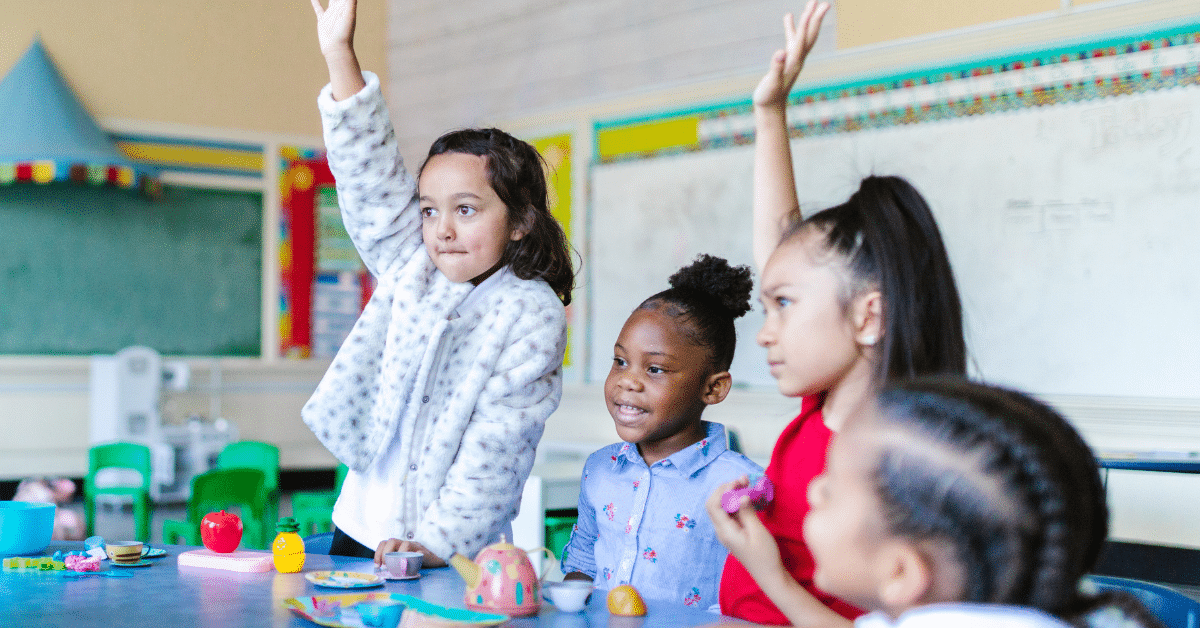Within the dynamic realm of education, there's a continuous quest for pioneering methods to boost student involvement and elevate academic results. Peter Liljedahl's “Thinking Classrooms” is a notable paradigm that offers many techniques to promote proactive learning. Notably, the “Random Groupings” methodology emerges as a game-changer. This article explores this approach's core, advantages, and hands-on implementations.
As a Field Supervisor, I walked into classrooms for years to see the familiar sight: students seated in their chosen spots, invariably forming the same groups for collaborative tasks. This traditional, predictable seating structure, while comfortable, often led to static interactions. Sure, students always took the lead. Some voices dominated, while others faded into the background. The limitations of such fixed seating plans became increasingly evident: reinforcement of cliques (especially the upper grades), limited exposure to varied perspectives, and the inadvertent suppression of some voices.
At the heart of Liljedahl's “Random Groupings” is a simple yet profound idea. Introduce an element of randomness in student seating and group tasks. Instead of letting students gravitate towards their comfort zones, this approach shuffles the deck, so to speak, ensuring a fresh mix of interactions and collaborations. I recall an instance when I was observing a lesson and two students, who rarely interacted due to differing social circles, were paired together. The result was a rich exchange of ideas, with both bringing unique perspectives to the table. The unpredictability of group formations added an element of novelty. Students were more alert, curious, and engaged, not knowing who their next group members would be. In one memorable project, a typically reserved student emerged as a leader, guiding her randomly assigned group to success. The ever-changing dynamics ensured that no single voice consistently dominated. Students learned to adapt, a skill invaluable in the real world. They became more open to feedback, more flexible in their thinking, and more resilient in the face of unexpected challenges.
Introducing Random Groupings requires a shift in both mindset and methodology. I suggest beginning with simple tools like random name pickers and shuffled seating charts. Over time, you can incorporate digital tools and apps to facilitate the process. While the initial response may be mixed, with some students expressing resistance, the overall transition was usually smoother than anticipated.
Like any pedagogical shift, Random Groupings presented challenges. Some students expressed discomfort, missing the predictability of fixed groups. Some even complained to their parents! It was essential to ensure that the randomness didn't lead to consistent exclusion or isolation for certain students. Regular feedback sessions and open communication were vital in navigating these challenges. Beyond the classrooms I have observed, many educators have embraced Random Groupings with remarkable results. A colleague shared a heartwarming story of a student with social anxiety who, over time, gained confidence and built meaningful connections thanks to the varied interactions facilitated by this approach. As championed by Liljedahl's “Thinking Classrooms,” the principle of Random Groupings” offers a fresh lens through which we can view classroom interactions. By breaking the mold of traditional seating and group structures, we pave the way for richer collaborations, diverse interactions, and a more inclusive learning environment. As educators, it's an approach worth exploring, experimenting with, and experiencing firsthand.

